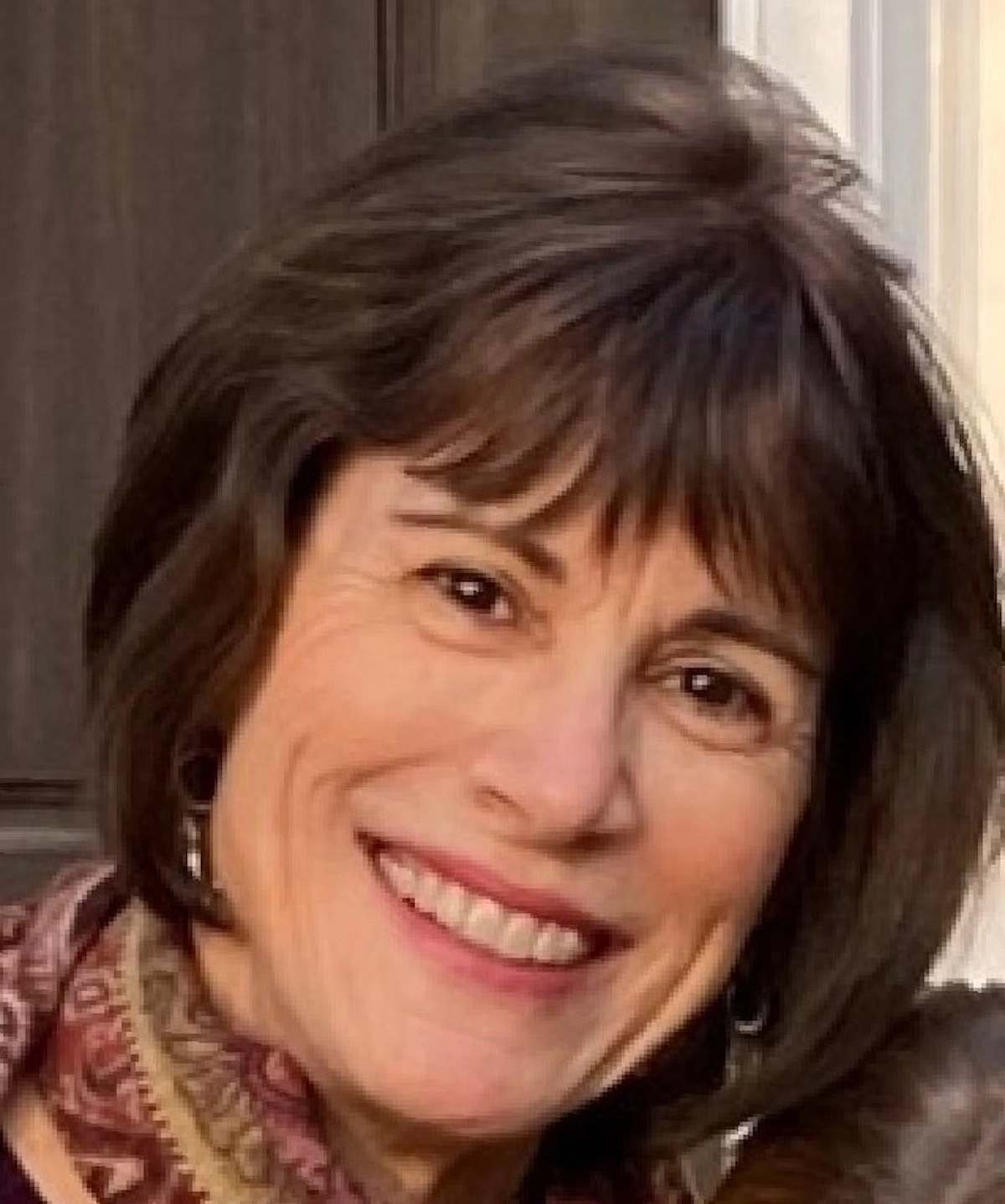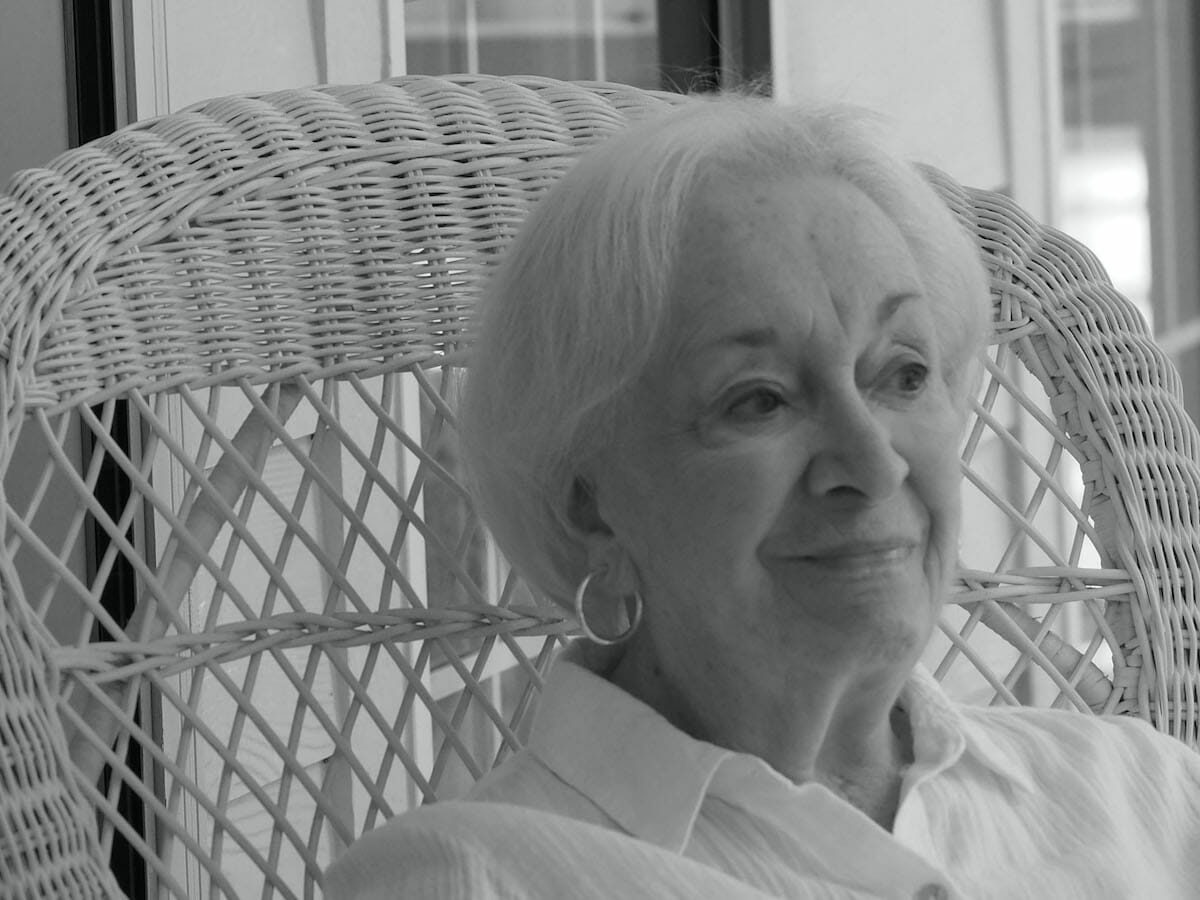The battle shaping up over the future of Pine Island on St. Helena Island is about much more than one resort development. It is about the survival of a culture and the protection of a critical coastal habitat.
St. Helena is the last remaining undeveloped Sea Island. It is not a barrier island. It is an erosion sediment island created when the mountains were formed. It is an old island, with an old island vibe; rural, rich in natural beauty, culture, history and charm.
It is the smell of pluff mud and sweet grass, expansive views of tidal marshes and oyster beds, small hidden coves and creeks famed for pirate hangouts, ancient Live oaks, storied canopy dirt roads, Penn Center, praise houses, and old plantations, loggerhead turtles and horseshoe crabs, coastal breezes and balmy nights, pop-up thunderstorms and King tides, and a swoon-worthy sky for star gazing.
It is an island with a long agricultural history: rich soil, long-staple cotton, family farms growing okra and collard greens, trucks selling produce over flowing from tailgates, handmade signs for fresh eggs, Seaside tomatoes, shrimp boats with flying trawl nets, roadside seafood markets, and Frogmore stew.
The island is noticeably sparse in commercial amenities, by design. St. Helena island is a special place, and the people who live here want to ensure it remains this way.
Most importantly, St. Helena is the celebrated epicenter and ancestral home of the Gullah-Geechee people who are determined to preserve their land, for it is rooted in their way of life. The island’s location on the edge of the A.C.E. Basin in St. Helena Sound, one of the most diverse marine estuaries in the world, is a significant and crucial resource. Named for the three rivers that empty into the Sound (Ashepoo, Combahee and Edisto,) it is the spawning and nursery ground for the entire Atlantic and is federally protected. It is a rare, natural asset.
Thirty years ago, the state legislature passed the 1994 S.C. Planning and Enabling Act to address the break-neck speed of development consuming rural land especially in the coastal Lowcountry. This law requires local government — with input from their citizens — to plan for growth with an eye toward preserving history, culture, and character, protecting coastlines and natural resources, and directing future growth.
It empowers the people to create a road map for HOW they want their community to grow. This road map is the Comprehensive Land Use Plan. Zoning and Planning is tied to this plan. It is a strategic vision, created for and by the people on what they want for their community. It is a legal document passed as an ordinance. It is not a guideline, it is law.
The 2040 Beaufort County Comprehensive Land Use Plan set a high priority on St. Helena. It describes the island as “one of Beaufort County’s greatest cultural and environmental assets.” It states: “the primary threat to the long-term viability of Beaufort County’s Gullah/Geechee communities is land development.”
In 1999, seeing the rapid development happening in Hilton Head, visionary leaders of this community initiated a Cultural Protection Ordinance to preserve the rural/agricultural character of the whole island for the future of the Gullah Geechee culture. For 24 years, it has been successful.
It was disheartening to hear county administration do the bidding of the Pine Island developer at the County meeting on April 10 for a proposal that is incompatible and disregards the people’s design and intention for this rural island. The developer knew when he bought the property that these ordinances were in place, particularly the cultural protection overlay that prohibits golf courses and gated resort developments.
This project would open the door, a door that can never be closed, to the kind of development that has already gobbled up rural land in the Lowcountry. Pine Island’s location at the mouth of the A.C.E. Basin, with a potential for 75 boat docks and a golf course, will have grave impacts to this crucial coastal estuary. If it is approved, it would transform this soulful, vital community into a place that looks like every other suburban development as described in the Geography of Nowhere,” where every place looks like no place in particular.”
We are asking that the county enforce its ordinances, to be the protectors and champions of preserving a unique island and a distinctive culture for the future of St. Helena, for the future of Beaufort, and for the future of South Carolina.
Carolyn Jebaily is a full-time clay artist and former gallery manager who makes her home on St. Helena Island. She worked in conservation for 10 years in land use, wetlands protection and water quality. She is a long time explorer of St. Helena and Hunting islands. Her sculpture (Tree Ladies of Hunting Island) is an expression of her love for the natural world.






